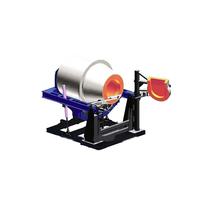
Iron melting machines, integral to foundries, are designed to transform iron from solid to liquid state through the application of heat. This process, known as melting or fusion, involves heating iron to a specific temperature where it becomes molten, ready for casting into various shapes.
The technology behind iron melting machines varies, with the choice of furnace impacting operational efficiency and the quality of the final cast products. Crucible furnaces, one of the oldest and simplest forms, are suitable for small-scale operations, particularly for non-ferrous metals like aluminum. Cupola furnaces, economical and widely used for iron, operate at high temperatures and are capable of handling large volumes, making them a staple in iron casting.
Electric arc furnaces (EAF) utilize electric arcs to melt the metal, reaching temperatures up to 1,800° C, and are predominantly used for melting steel. Induction furnaces, on the other hand, employ electromagnetic induction to generate heat, offering a clean and energy-efficient melting process, with capacities ranging from less than a kilogram to 100 tons.
Each type of iron melting machine has its own set of features and is chosen based on factors such as the scale of operation, energy efficiency, and the specific requirements of the metal casting process. Understanding these machines' functionalities and applications is crucial for selecting the right equipment for a foundry's needs.


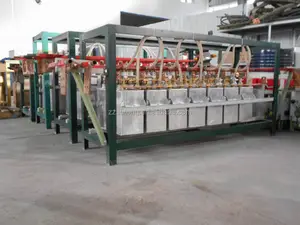

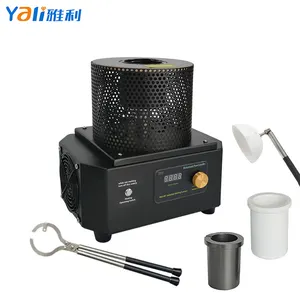







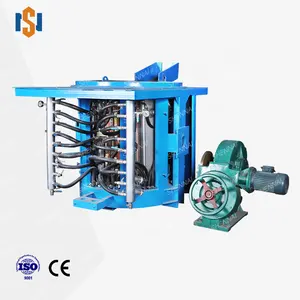
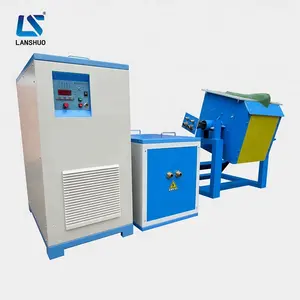

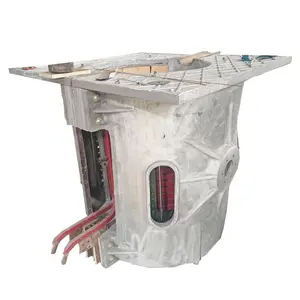


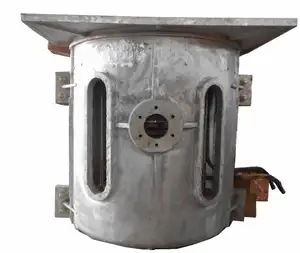


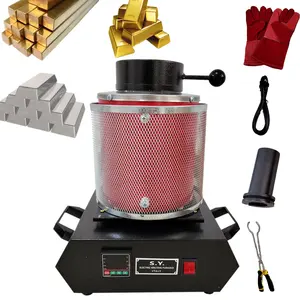




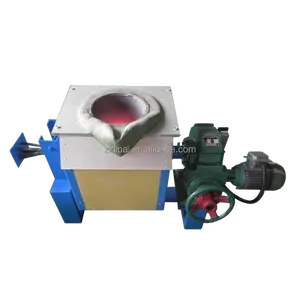


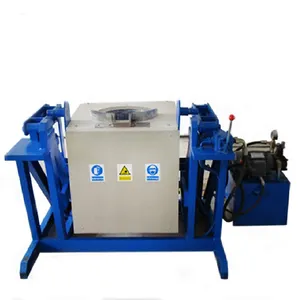
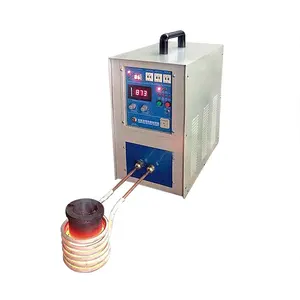
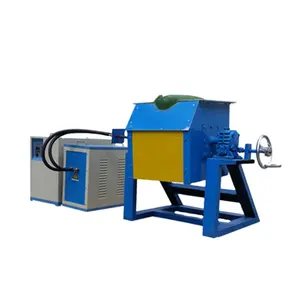



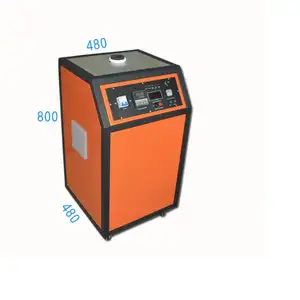
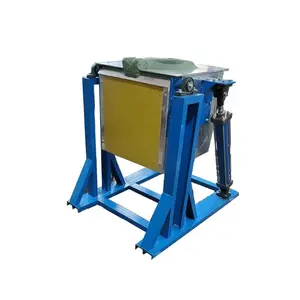




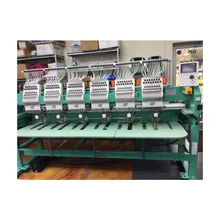

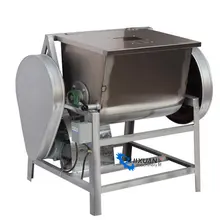
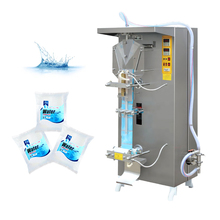
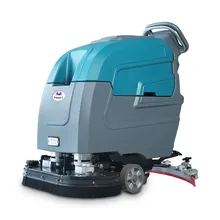



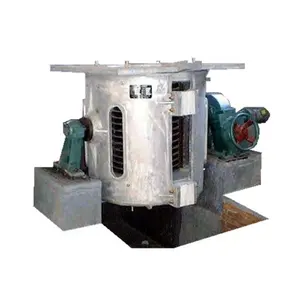






























 浙公网安备 33010002000092号
浙公网安备 33010002000092号 浙B2-20120091-4
浙B2-20120091-4